Progress in particle accelerators has always depended on advancements in magnet technologies. Advanced magnets are also essential for fulfilling other aspects of the DOE Office of Science mission, such as fusion energy. Through the Berkeley Center for Magnet Technology (BCMT), the ATAP and Engineering Divisions work together in a center of expertise for magnetic-systems science and engineering. BCMT strengths include:
- Sharing and integrating our unique resources, infrastructure, and tools
- Meeting the needs of the Laboratory and DOE while opening up new applications
- Developing complete magnet systems from concept and design through production and system integration
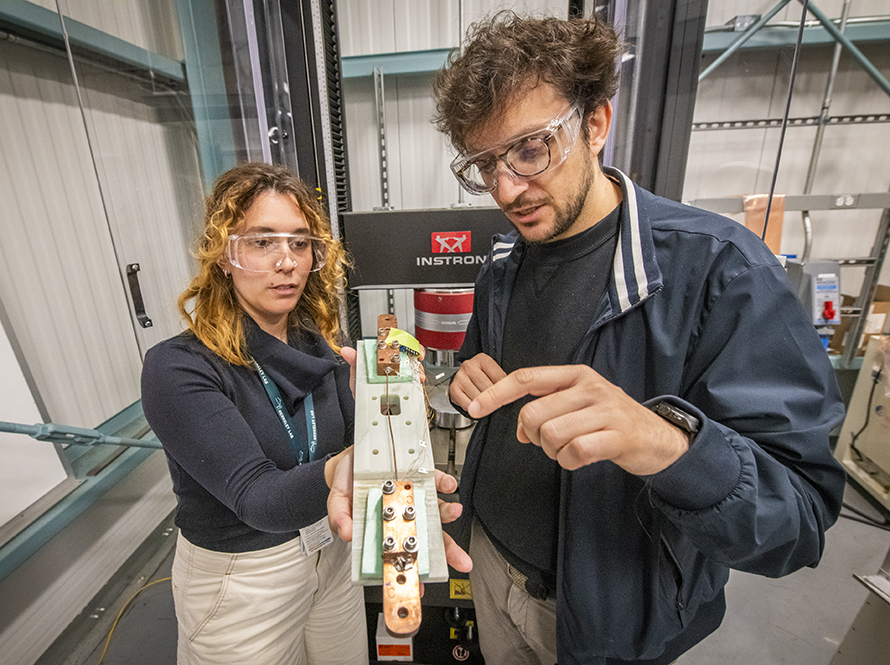
Highly collaborative development of advanced superconductors and magnets is crucial for the performance and cost-effectiveness of the next generation of high-energy physics colliders.
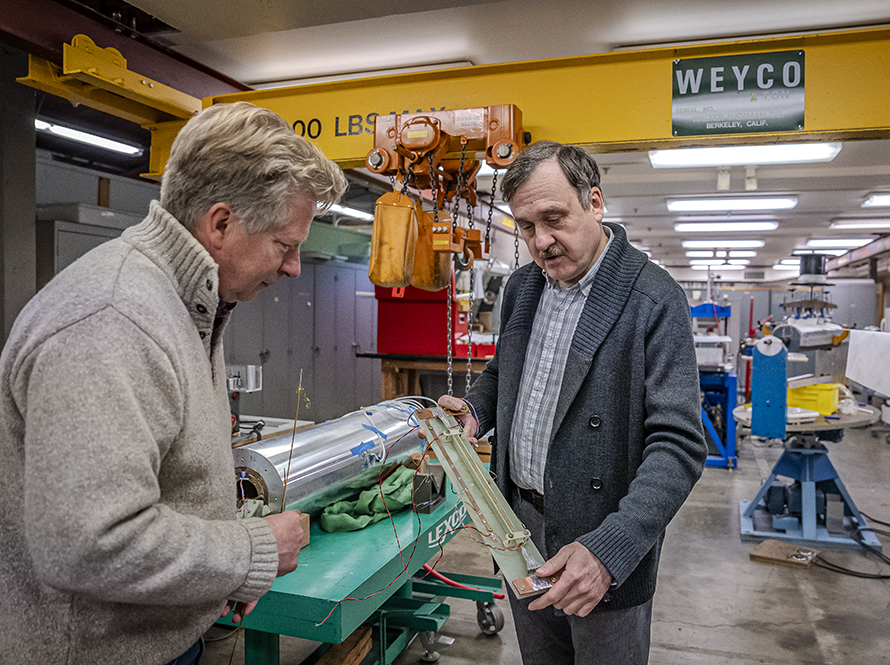
Longstanding expertise from our Superconducting Magnet Program is being utilized to address the technical challenges related to using high-temperature superconductors for compact fusion concepts, including both tokamak and stellarator reactor designs.

Established leadership in developing and delivering undulator technology for light since Klaus Halbach’s pioneering work on permanent magnets in the early 1980s, including hybrid and superconducting undulators.
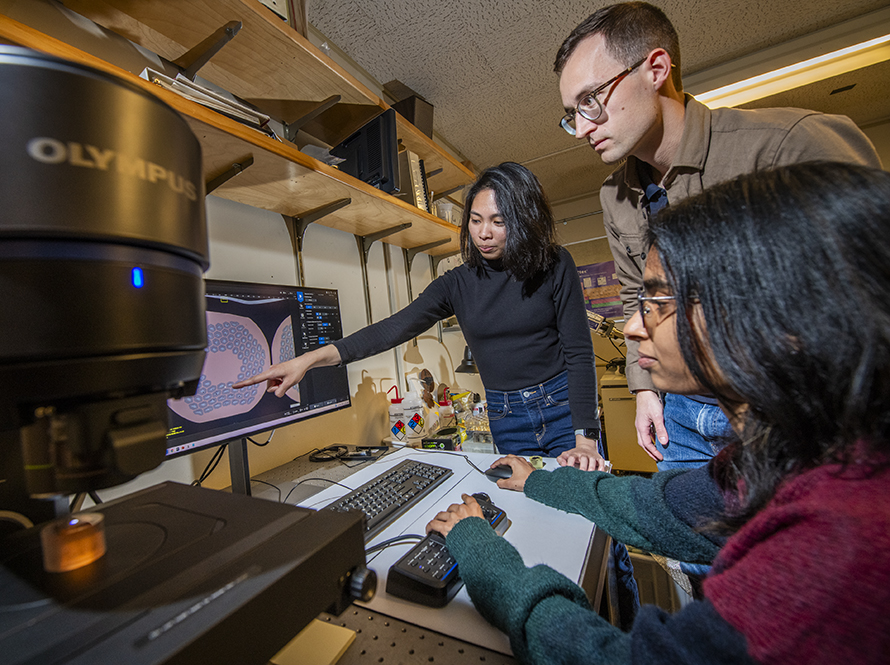
Applying expertise in superconductors, superconducting magnets, and permanent magnets at BCMT to advance a wide range of scientific applications through technical innovations and improvements in design and materials.
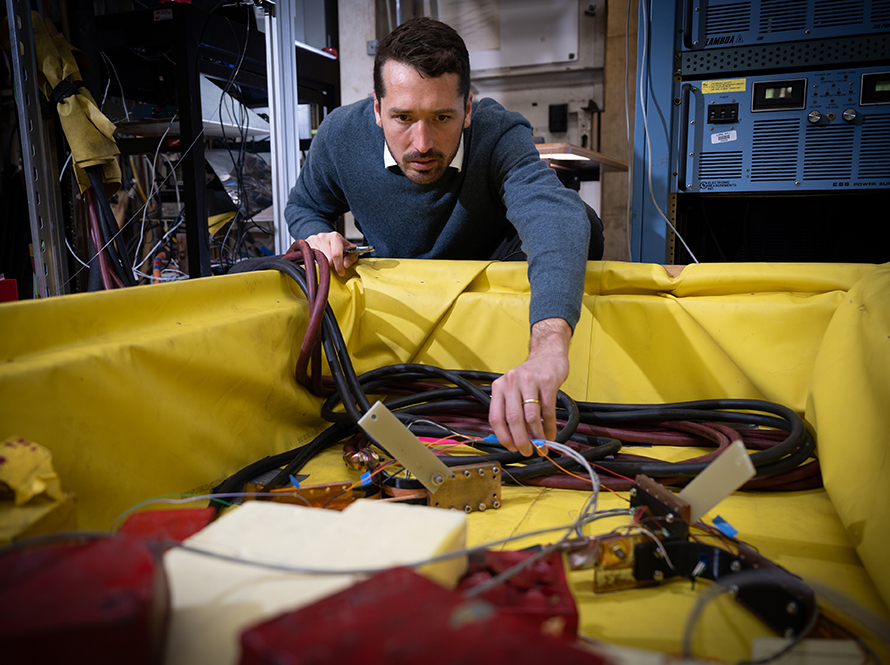
Magnet and materials testing demands extensive infrastructure and expertise. The BCMT offers a range of facilities for magnet and materials testing, along with magnet measurement systems.
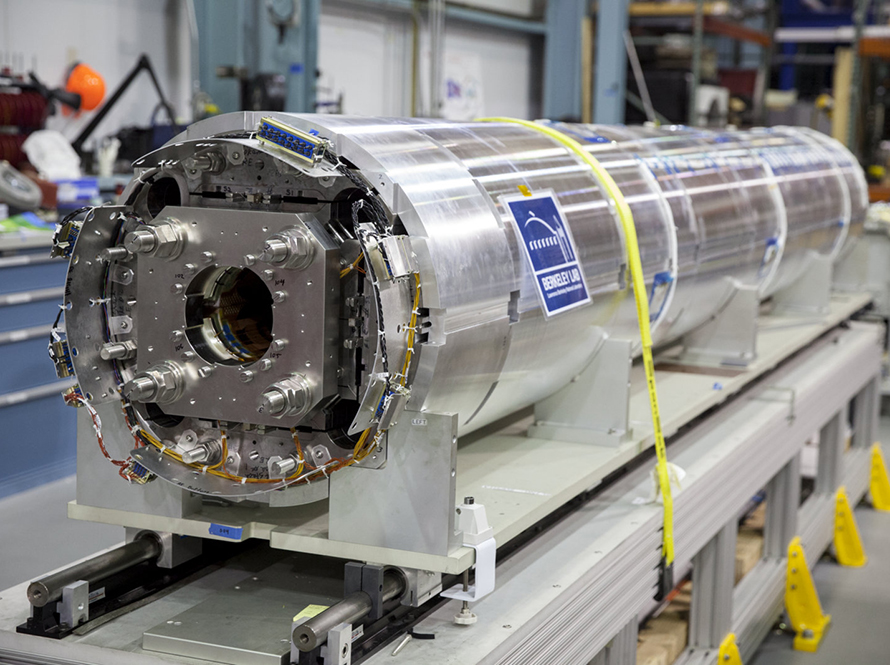
Research and development in magnet technology advance scientific capabilities through DOE projects. We have experience in delivering major projects that incorporate magnet systems into cutting-edge science facilities.
